Port Clinton's Harold Brown, a Tuskegee Airman, dies at 98
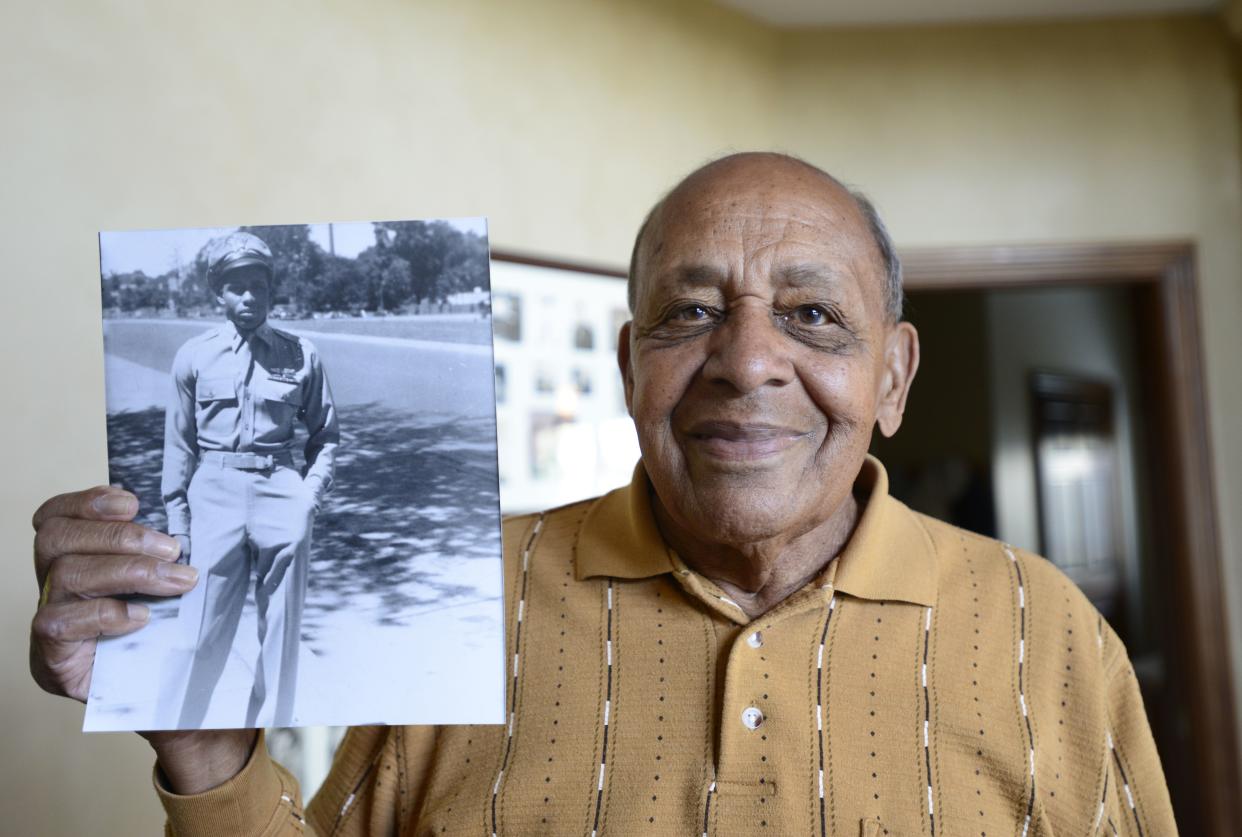
PORT CLINTON - Dr. Harold Brown, who flew combat missions in World War II as a member of the famed Tuskegee Airmen, died Thursday at the age of 98.
He was an original member of the Tuskegee Airmen, a select group of African-American fighter pilots who broke down barriers and played a significant role in President Harry S. Truman's decision to desegregate the nation's armed forces in 1948.
He told a group of Fremont high school and middle school students in 2019 that he was 16 and a junior in high school in Minneapolis when he saved up $35 for his first flying lessons.
"When my mother found out how I spent my money, she almost went berserk," Brown joked.
Flew the iconic red-tailed P-51 Mustang
He enlisted at age 17 and was trained in the Tuskegee Institute’s segregated pilot training program. He served with the U.S. Army Air Corps, flying the iconic red-tailed P-51 Mustang with the famed 332nd Fighter Group.
"We were the best-kept secret. Nobody had heard of us," Brown said of the airmen, who have become more well-known in recent decades.
His first combat mission took place June 6, 1944. He served in the European theater, flying 30 missions over Germany, Austria and southern Europe. His plane was shot down in the winter of 1945 and he was threatened by a group of angry Austrian villagers and taken prisoner.
"I knew I was going to die," Brown told the News-Messenger in 2015, remembering the mob of 30 to 35 angry, German-speaking villagers that surrounded him. But a local constable intervened, loading a single round in his rifle and fending off the angry mob.
His military service spanned 23 years, ending in 1965 when he retired at the rank of lieutenant colonel.
Brown retired to Port Clinton with his wife, Dr. Marsha Bordner, retired president of Terra State Community College and co-author of Brown's 2017 autobiography, "Keep Your Airspeed Up,"
During the war, Brown flew mostly as a bomber escort but also completed five strafing missions. Strafing missions, he said in “Keep Your Airspeed Up,” were exciting but the most dangerous flying he was commanded to do.
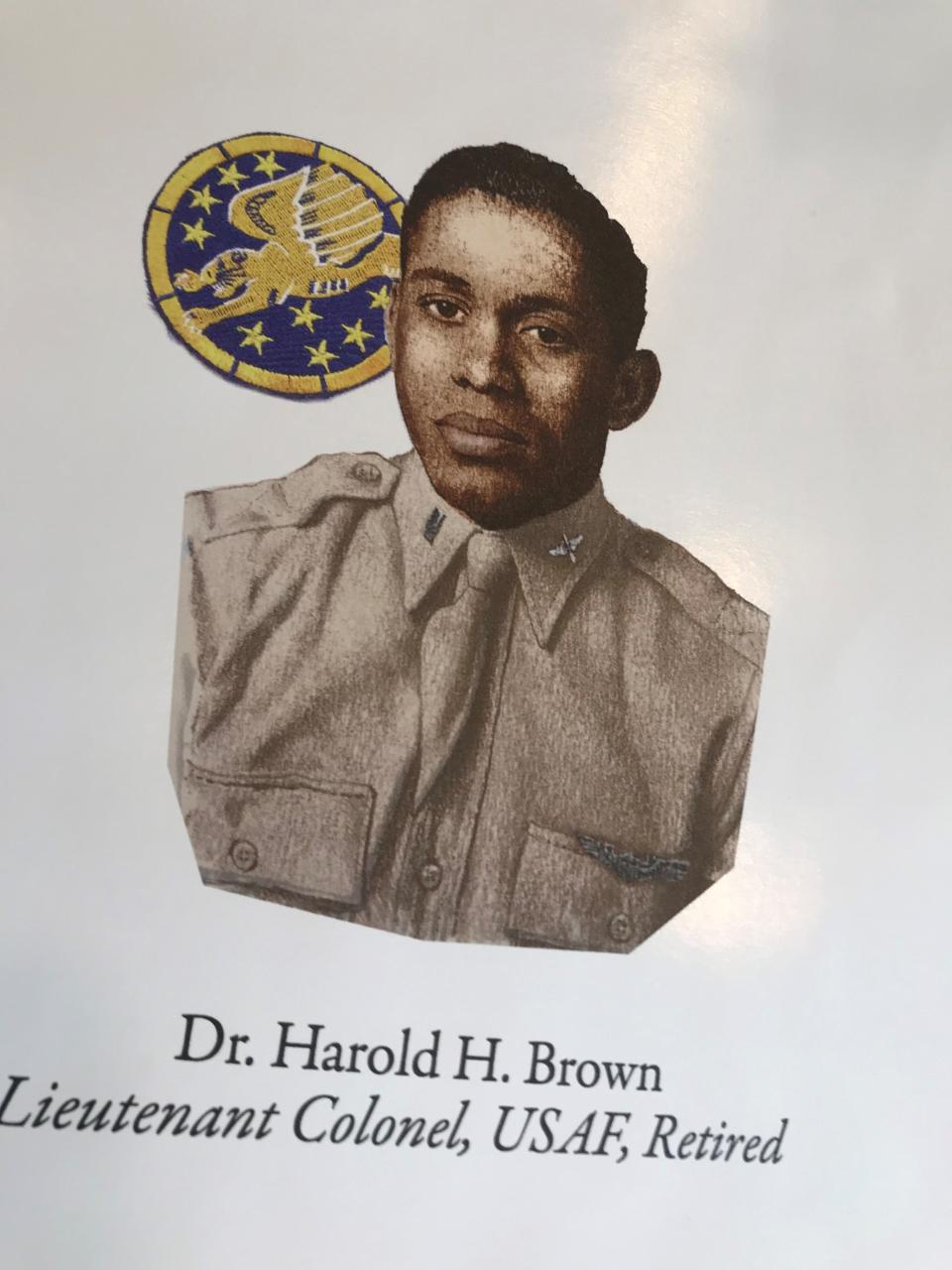
“If I shot something that had an explosive on it, the (train) car would blow, and I would say, ‘Good deal!’”
Shot down over Austria on final strafing mission
Brown was flying his last strafing mission in 1945 when his plane was heavily damaged by enemy fire, and he was forced to bail out in Nazi territory and taken as a prisoner of war.
Brown had joined the Tuskegee Airman as any other American military pilot, with a full understanding of the risks and sacrifices he was facing. And yet, as an African American, his service was not honored as it should have been during the war, and segregation was a daily part of his military experience.
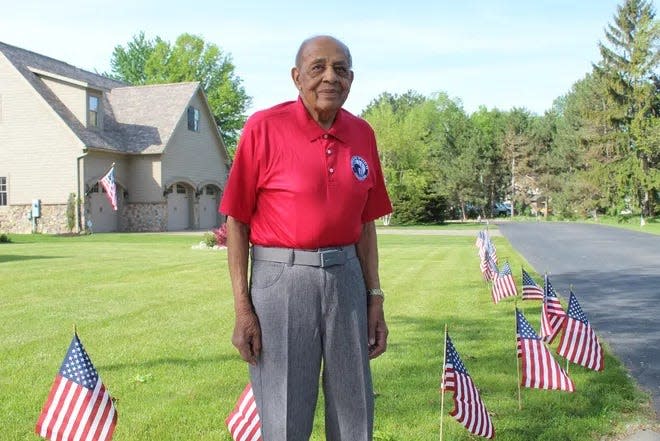
That changed in a cold German POW cell.
“The guards divided the new (white) prisoners up into four cells, three or four to a cell. It was here, in this small Austrian jail cell, that I experienced integration for the first time,” Brown wrote in his book.
Brown never allowed the forced obstacles of segregation and prejudice to keep him from success. According to his biography, he was “experienced in 20 different military aircraft and with a post at Strategic Air Command under his belt during the Cuban Missile Crisis.”
He earned a doctorate degree and became vice president of academic affairs at Columbus State Community College.
Brown, who was born and raised in Minnesota before settling in Port Clinton, earned numerous honors, including induction into the Minnesota Aviation Hall of Fame in 2020; the Gathering of Eagles Foundation's circle of elite pilots and astronauts that includes Neil Armstrong, John Glenn and Chuck Yeager; a Writer of the Year Award for his autobiography; and recognition at the fourth annual Ford Oval of Honor in Columbus in 2021.
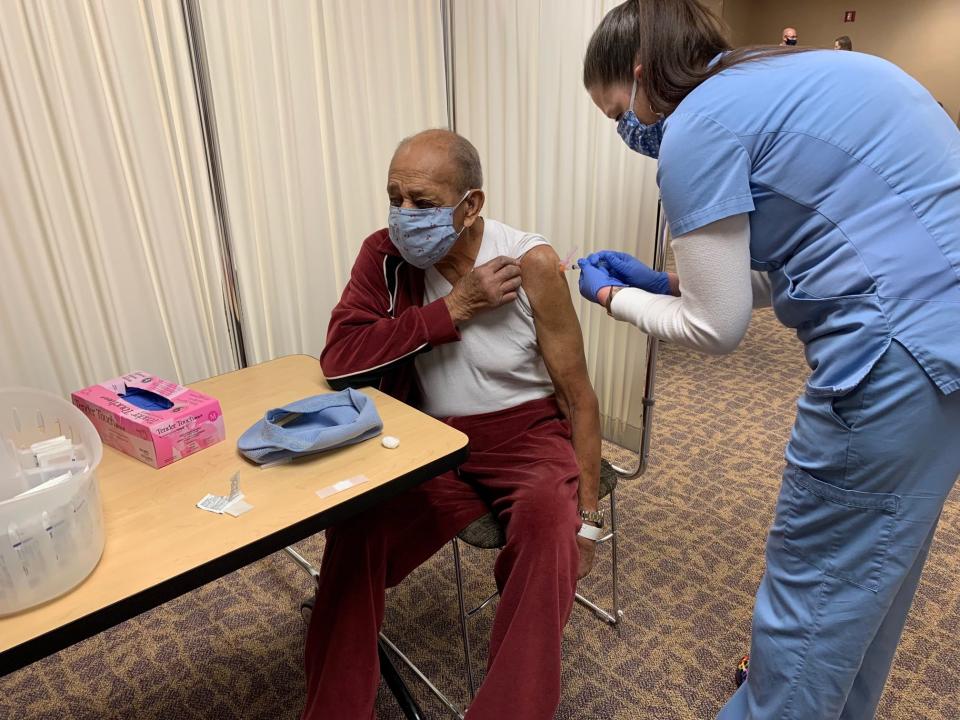
In January 2021, at age 96, Brown announced he was getting a COVID-19 vaccine, saying he hoped it would inspire other Blacks and senior citizens to put their skepticism aside and get a shot as well. His vaccination was covered by numerous Ohio news outlets.
“I realized, ‘Hey, if you want to stick around to see your next birthday, you better go down and get yourself vaccinated,’” he told the News Herald.
Tucked his hero's cape away in his hometown
While Brown was a national hero, in his hometown of Port Clinton, he tucked his hero’s cape under his coat and walked alongside his neighbors as a benevolent mentor and friend.
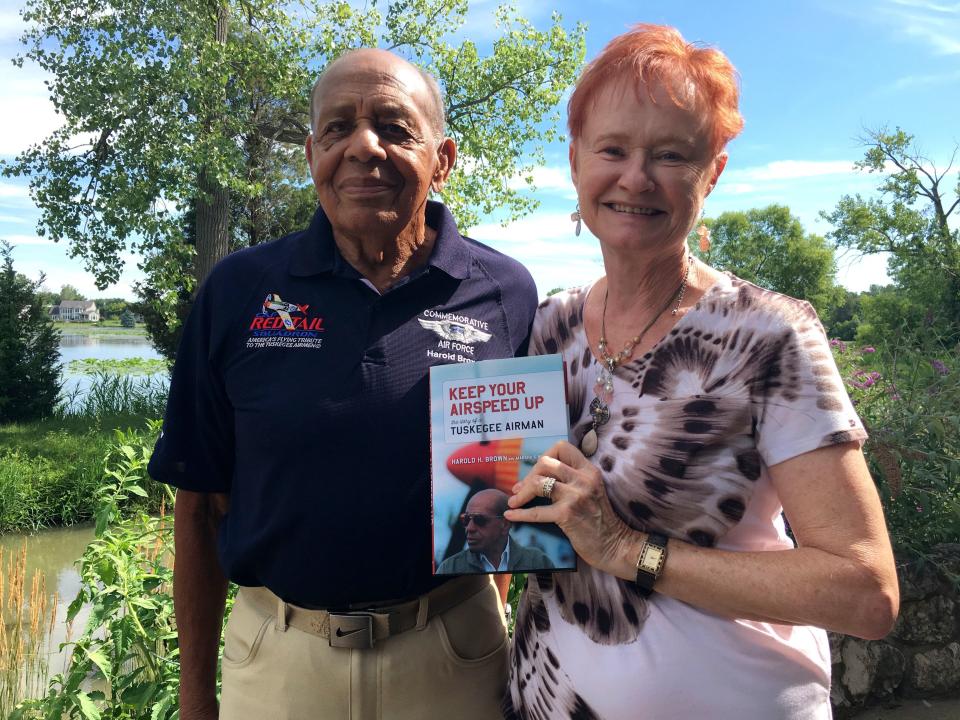
For many people in Port Clinton, Brown became a mentor and a friend. He often talked to organizations and groups of schoolchildren about his experiences, inspiring them to fly high to reach their own dreams and achieve their own success.
Sometimes, that inspiration came in quiet moments, as it did for Michael and Pamela Shirtz, who often sat with Brown and Bordner on the back deck of their home, watching vintage planes fly overhead from Liberty Aviation Museum and discussing their common love of jazz.
Michael composed the jazz narrative, “To Rise Above,” to honor Brown. Its debut performance was last year.
"For Pam and I, we lost a dear friend and a grandfatherly mentor. But for the world, we lost an incredible aviator, a brilliant mind of education, and one of the greatest heroes who served as an inspiration to people of all ages and all walks of life,” Michael wrote in honor of Brown. “Pamela and I will greatly miss him."
'A legacy was the last thing on my mind'
In “Keep Your Airspeed Up,” Brown said he had no idea that he was creating a legacy as a Tuskegee Airman.
“A legacy was the last thing on my mind. I never thought for one second that I was doing something wonderful, that our successes would have the impact that they did,” he wrote.
Brown’s impact continued in Port Clinton, where he inspired many with his heroism, benevolence and friendship.
Although Brown could be buried with honors at Arlington National Cemetery, it was his wish to be buried at Catawba Island Cemetery because, Bordner said, “Port Clinton was his home.” Funeral arrangements are pending.
This article originally appeared on Fremont News-Messenger: Port Clinton's Harold Brown, a Tuskegee Airman and educator, dies at 98

